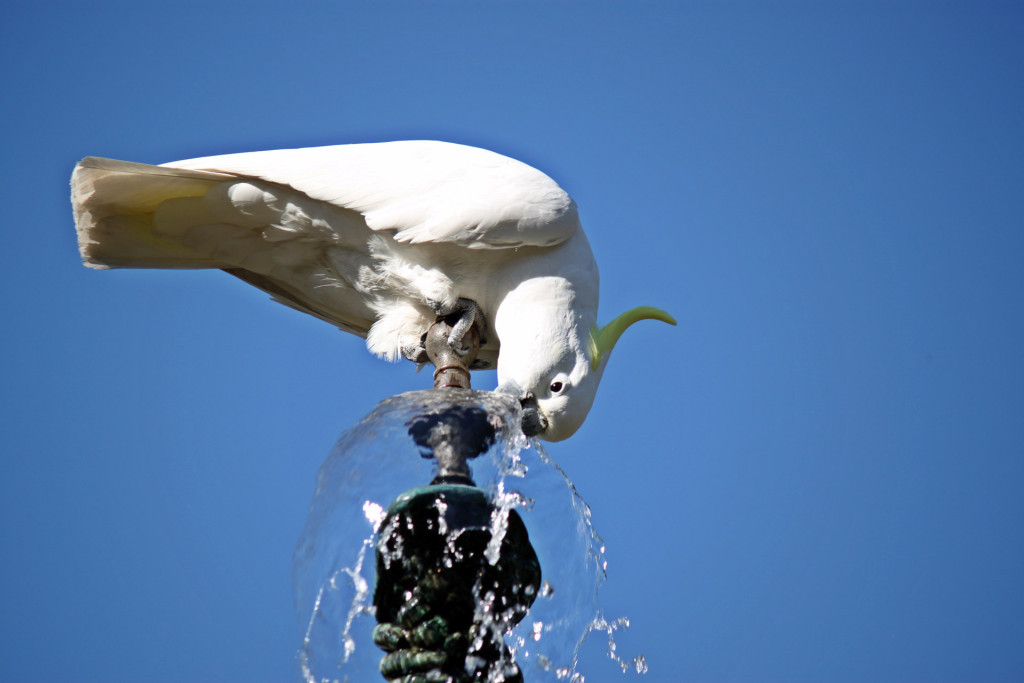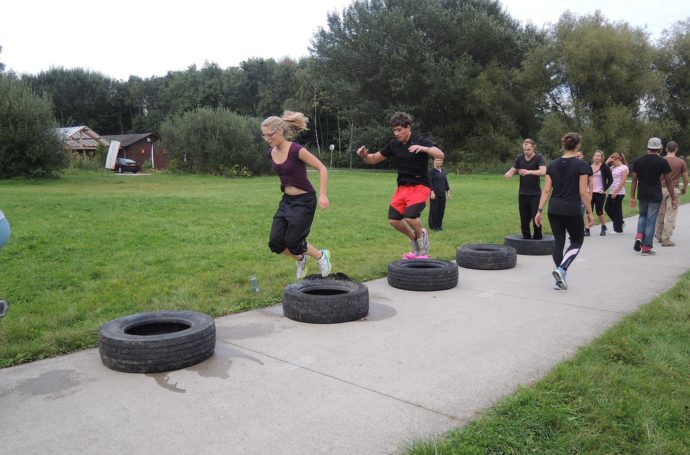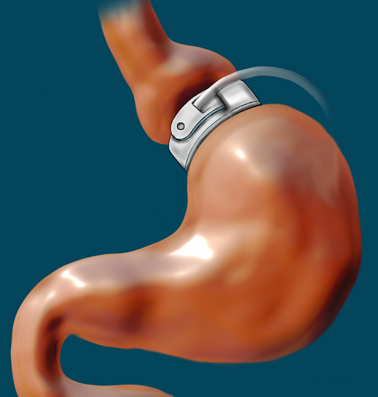It would be fair to say that camping has become more commercial than ever over recent years, with “official” campsites springing up all over the place. Let’s not shy away from the facts here; these official sites have improved the industry no-end and made camping feel somewhat more secure for the novice.

However, while some people will prefer to hit a site which has everything readymade for them, others are traditionalists. JD Dukes is one such individual, and he recently commented on some of the difficulties he’s stumbled upon in relation to discovering safe water to consume. Sure, if you’re just heading out for a day or two it’s not a problem, but head into the backcountry for a few more days and suddenly you’ve got to survive. Suffice to say, running water is one of the primary requirements.
Bearing this in mind, we have summarized some of the best ways in which to stay hydrated whilst out in the sticks. We’ve condensed it into a FAQ-type guide, in a bid to pinpoint the best ways to obtain safe, running water for camping expeditions.
Where should you gather water?
We’ve already talked a lot about flowing water and without question, this should be your top choice. The obvious examples are streams and rivers and the reason we are so in favor of running water is that it makes it very difficult for algae or microorganisms to flow.
Of course, flowing water is not always going to be readily available. In these instances, your second choice should be something that’s still without a lot of sediment build-up. If you do opt for this approach, try and get the water from as far away from the shore as possible as this is where less microorganisms will have built up.
What are the best ways to gather this water?
The message so far should have been loud and clear; make sure you turn to clear water whenever possible.
You should be looking to gather water from the surface, as it goes without saying that this is going to be further away from the sediment at the bottom of the source. Additionally, use of a prefilter can be invaluable and can stop any large debris from coming into play. If you don’t have a specialized piece of this camping equipment, try and improvise with something like a bandana.
What are the dangers you should look out for?
Unfortunately, at least out in the wild, dangers will always exist when it comes to collecting water. If you think you have found a water source, there are several questions you should ask yourself before proceeding to use it.
If the water has been sourced from near animals, there’s a much higher chance of contamination for obvious reasons. Additionally, the animals don’t have to be there now – make sure you look for evidence that some may have been there in the past.
Similarly, any source which seems to have already been tampered with by humans should be questioned. The more traffic an area has received, the more chance there is of contamination.
Other dangers include any brown scum or foam in the water, or even dirty snow which poses obvious questions.


